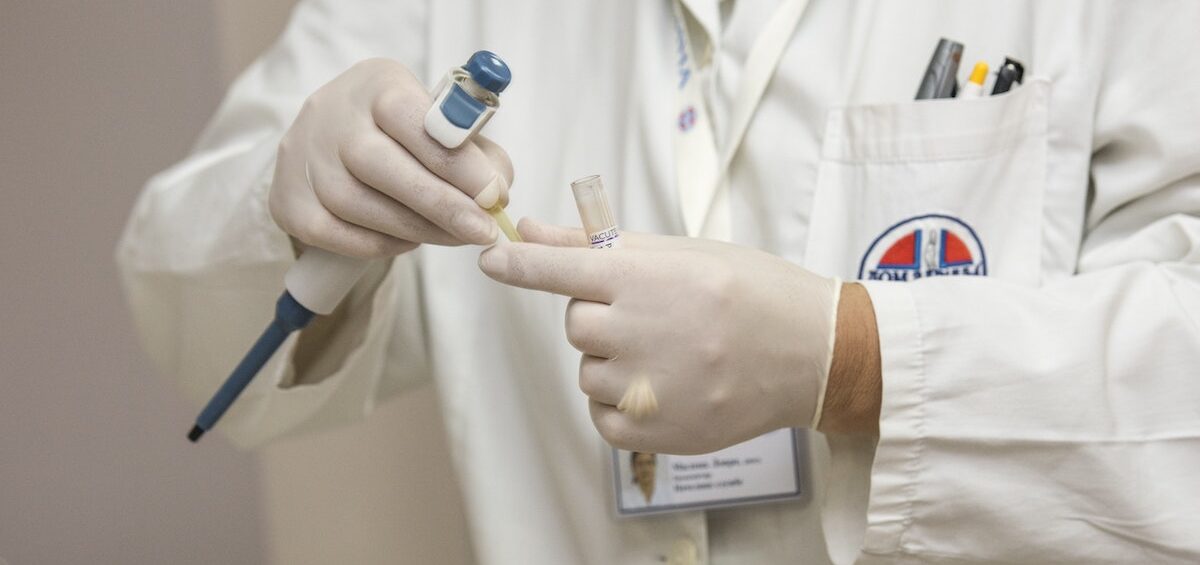A big part of living with rheumatoid arthritis (RA) is accepting and overcoming the pain.
THE magazine on the floor was just one centimetre away from the tips of my outstretched fingers. I couldn’t reach it.
“Bend just a little more … Bend!” I silently urged my knees, which felt like two huge sacks of sand had been attached to them. Then again, I wasn’t sure they heard me, because I couldn’t really feel them either.
“Come on, you can do it!” the onlookers cheered, with unmistakable glee.
Kiasu-ness kicked in. I shifted my weight to my right leg, bent sideways, touched the floor and swept the magazine into my arms as I tried desperately not to fall on my face.
As I regained my balance, I couldn’t help but aim a victorious grin at Annie Hay, Che Amah, and the rest of the Abbott Laboratories team, who had, moments before, strapped me up in the RA suit for this experience of a lifetime.
Its creators, Matthias Orschel-Brieden and his wife, Dr Gabriele Brieden (an RA patient for over 40 years), call it the Everyday Challenge. Once in the red and black contraption, which looks like a kinky space suit with straps and Velcro and belts all over it, I was instructed to attempt everyday tasks.
The objective? So I could feel what RA patients feel when they go through their daily routines with diseased joints.
The tasks sounded like things I could do with my eyes closed. Pick up a magazine. Butter toast. Walk five feet. Sit down. Stand up.
But trying to do all that with the simulated stiffness, and loss of joint function and fine motor skills (you can’t feel your fingers) thrown in was frustrating. I nearly gave up when I was asked to write with a pen.
“That’s what we feel almost every morning,” Annie (51), who has lived with RA for over 20 years now, said. “The only thing you don’t feel, is the pain,” said 63-year-old Che Amah.
How true, I smiled back, because I could only imagine attempting those things I did with pain thrown in. It would have been torture.
A real pain in the joints
“Sometimes, people think you are pretending (to feel the pain) because you seem healthy on the outside,” Che Amah had said earlier in our group interview with Annie and consultant rheumatologist Dr Amir Azlan Zain. “But when you have the pain, it’s very difficult to describe it,” she added.
Indeed, even without visible symptoms – deformed or swollen joints – RA can be painful, from the early stages of the disease to its advanced stages.
It usually affects the hands, wrists, elbows, shoulder, knees, ankles, feet, and the neck. The back and the hips are rarely affected.
Put simply, it’s a bad case of the body’s immune system going haywire where, for reasons yet unknown, the cells of an RA patient’s immune system attack his own synovium – the lining that encapsulates the lubricant in their joints – and cause inflammation and damage to his biological hinges.
It is estimated to affect about 135,000 Malaysians (about 75% are women) and can start in patients as young as 20. The risk of RA increases with age.
“A typical patient usually presents with pain and stiffness of the hands, and sometimes the feet. But in most severe cases, patients can have pain and stiffness of the whole body and they can’t move,” Dr Amir explained.
Even so, not all joint pains point to RA. The RA kind of stiffness is unusual because it is worst in the morning, and it is usually accompanied by swelling, said Dr Amir.
The rule of thumb is, if your joint pain is troubling you a lot, it is time to check with your doctor.
From Annie and Che Amah’s nods and smiles, I could tell they can fully relate. “For me, it started when my ankles started getting swollen. I was in my 30s then,” Annie recalled.
“At first I thought it was fong sap (rheumatism) and went to Chinese sinsehs. But the pain still came and went. At one point, I was limping around, and my ankle was so swollen my movements were restricted.”
On bad days, when the pain arrives, Annie dreads walking up and down the four flights of stairs to her apartment and taking public transport. She also carries an umbrella to keep her upright when she moves around. Sometimes, she takes a day off from work to rest her achy joints.
Che Amah, who was 57 when she was diagnosed with RA, had similar experiences. “On and off my leg would get swollen for no reason, and I became so weak I couldn’t move,” she said. “As for the times when I still managed to walk, I was walking like a drug addict.”
A blood test – which tests for the presence of an antibody called the Rheumatoid Factor (RF) – later confirmed both ladies had RA.
Here, many are confused because a positive RF test does not necessarily mean you have RA.
“The RF (test) only serves to confirm the diagnosis and tell the doctor how bad the disease is,” Dr Amir noted. This is because there can be false positives when you do the RF test, and some RA patients are never RF positive.
“So, to diagnose a person with RA, he or she must have joint problems and symptoms of RA (particularly joint swelling and pain),” Dr Amir advised.
Once a diagnosis is made, X-rays can be used to assess the severity of joint damage while magnetic resonance imaging (MRI) and ultrasound scans can be used to further assess the severity of inflammation, he added.
Life-long treatment
Without a cure in sight, doctors who treat RA (rheumatologists) are focusing on ways to reduce the pain, inflammation, and damage to the joints instead.
Annie is currently taking methotrexate, a disease-modifying antirheumatic drug that relieves her painful, swollen joints, and prevents further damage to her joints. Che Amah, on the other hand, is taking a new class of RA medicine: a biologic agent that blocks the parts of her immune system that contribute to the inflammation.
Medications such as methotrexate are standard and usually enough for 40-50% cases, Dr Amir said. For the rest, other types of medicines should be used instead or added to the regimen. The most severe cases need the newest class of medications – the biologics.
Dr Amir stressed how important early treatment is as when RA progresses to the severe stage, the joint damage is usually irreversible. But medicines are only good if you take them.
Annie knows. A 10-month break from her medications years ago resulted in her needing knee replacement surgery in both her knees. At the workshop, she emphasised the importance of early treatment and seeking a doctor’s advice before using alternative therapies.
“If I had gone back to my doctor earlier then, I might not have to have both my knees replaced,” she said.
Besides painkillers and medications to reduce the activity of the immune system, other therapies that enable RA patients to lead productive lives are also part of the treatment plan.
“Medication is a big focus, but we need to treat the patient as a whole,” Dr Amir explained. “Physiotherapy helps in improving muscle strength, but only when the inflammation is better controlled.
“Also, patients need occupational therapists to help them function better or modify appliances in their environment so they are able to do things themselves,” Dr Amir said.
Annie, for instance, exercises every day to keep her joints functional and flexible. She has also modified her environment to help her weak joints perform daily tasks.
Not able to twist doorknobs with her stiff wrists, she replaced them with lever-type door handles that she can push down with her hand or elbow. “I also use special forks and spoons for RA patients that have fatter handles so I do not have to use that much force to grip them,” she said.
Staying positive
Meeting Annie and Che Amah reminded me of what a friend once said, “you can have the best medications and therapies in the world, but nothing beats positive thinking. You’ll need it to get through all the pills and bills.”
Even with hands crooked due to RA, Che Amah remains cheerful and hopeful. “I am grateful to have a family that understands my disease,” she said.
Meanwhile, Annie has accepted the fact that she has to be on medication for life, unless a cure for RA is found. “There are good days and there are not so good days. But whatever it is, I’m still thankful I don’t have any major restrictions. I keep telling myself: every day is a new day. If I can move one more inch, I’m already grateful.”
This article was published in www.thestar.com.my on 17 January 2010.


